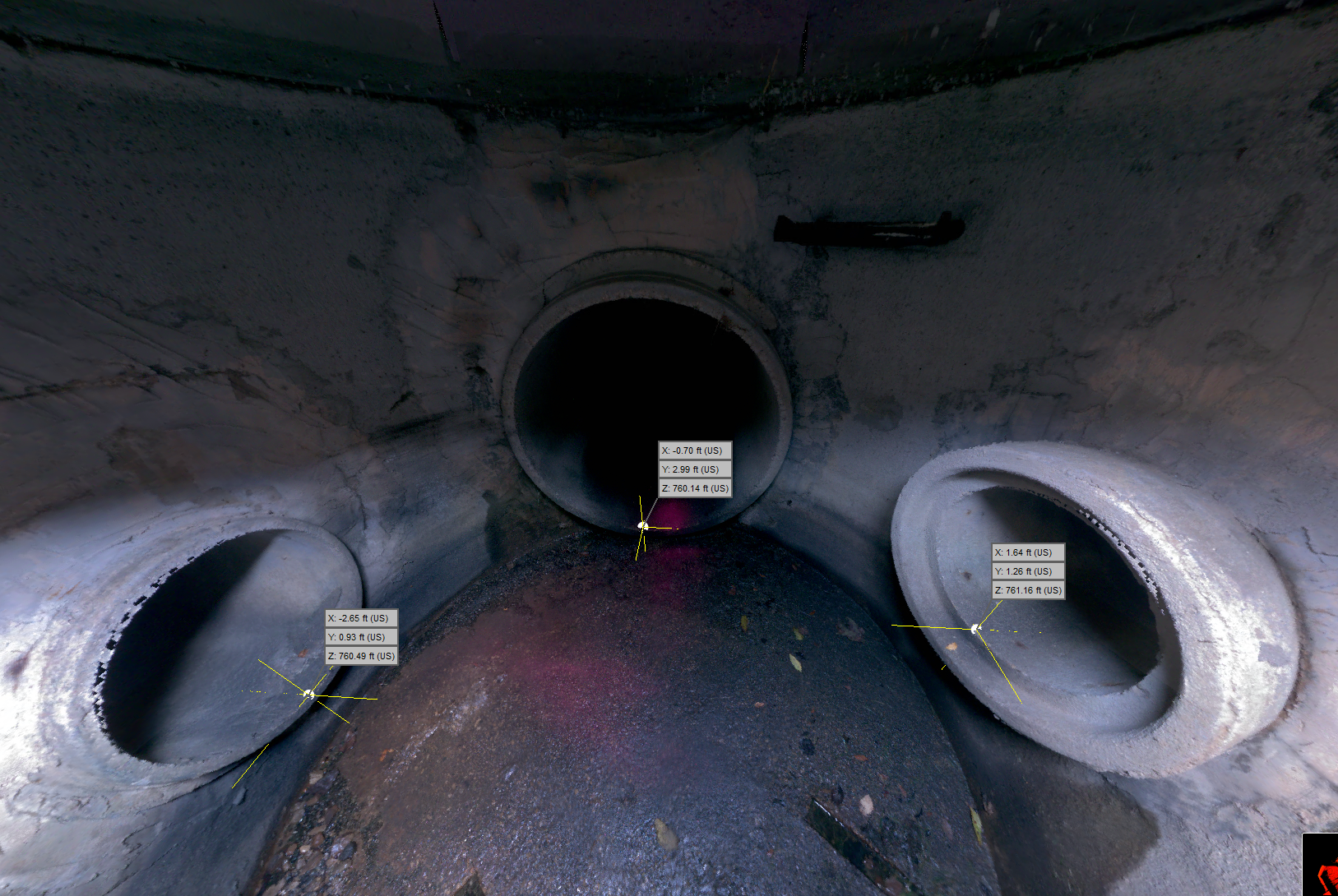Effective MS4 management requires organized documentation and clear staff coordination to meet WDNR compliance. Without proper systems, municipalities risk non-compliance, increased costs, and inefficiencies. Leveraging GIS, transparency tools, and structured workflows can streamline processes and prevent missed deadlines.
Hub Sites offer a centralized platform for municipalities to share vital community information, from polling locations to complex project data. Learn how these online portals enhance transparency, streamline workflows, and foster collaboration between local government and its residents.
Mobile GIS apps put crucial infrastructure data in your hands, anywhere. Discover how Ruekert & Mielke, Inc.'s mobile GIS applications revolutionize fieldwork by providing instant access to critical infrastructure data.
Forestry grants play a crucial role in helping municipalities fund the development and maintenance of community forestry programs. This includes activities such as tree inventories, plantings, pruning, invasive species control, and other sustainable practices. Additionally, leveraging GIS to maintain accurate tree data keeps tree inventories and forestry management plans accurate and efficient. By combining these two tools, municipalities can effectively maintain the health and resilience of their forest ecosystems.
From data management, to hubsites, to ArcGIS, our GIS experts do it all! Get to know our GIS team in celebration of National GIS Day on November 15, 2023.
Tracking, analyzing, and accessing essential data for a community can be a difficult, tedious task for administrators. By implementing GIS systems, questions regarding cost to manage equipment, inventory, personnel, and assets themselves can easily be answered. Learn how the Villages of Huntley and Allouez achieve their goals by using different, customized GIS solutions to manage their assets.
Evaluating the inventory of trees in your community can help you develop a strong cost assessment for maintenance to improve tree health and avoid liabilities from broken branches. Adding dashboards to your community’s mapping arsenal makes visualizing trends in GIS data easier than ever before. R/M recently teamed up with Wachtel Tree Science to complete a tree inventory in the Village of Huntley, Illinois. Learn how implementing a GIS dashboard can make digesting your tree data easier.
By now you probably know there’s a looming deadline to submit your Lead & Copper Rule Revisions (LCRR) materials inventory to the WDNR by October 16, 2024. And you probably have most of the data … somewhere. But have you stopped to think about your approach to this tall order?
Through the utilization of StoryMaps, municipalities can share and clearly outline project phases and outcomes to keep their residents up to date. StoryMaps integrate immersive narrative media such as photos, videos, audio, interactive timelines, and map tours to give a comprehensive and digestible view of current, ongoing, and complete projects.
Municipalities are always looking for ways to improve how they share and communicate with their residents. With the emergence of ArcGIS Hub sites, R/M has helped several communities do just that. Common inquiries by residents about geographical information such as garbage collection, zoning codes, and snowplow routes can be answered through information accessed in their municipality’s Hub site.
The U.S Treasury released final guidance on how municipalities can use American Recovery Plan Act (ARPA) funds. Learn which additional infrastructure projects are eligible for ARPA funding under the final rule.
The US Treasury distributed the first allotment of American Rescue Plan Act (ARPA) funds in June of this year, however, many Wisconsin municipalities are taking a wait-and-see approach when it comes to allocating their payment. However, ARPA Legislation states that municipal relief funds must be allocated by December 2024, and early planning is paramount to getting your projects off the ground on time. Here are answers to the questions we’ve heard most often surrounding ARPA to help keep your planning process moving forward.
The new Lead and Copper Rule Revisions are expected to require all regulated water systems must complete a comprehensive materials inventory by the anticipated compliance date of October 16, 2024. The inventory must include all service lines connected to the public water distribution system regardless of ownership status. Learn how to complete your materials inventory effectively and efficiently with tips from our experts.
The City of Watertown recently embarked on a comprehensive capital improvement plan to rehabilitate their aging storm sewer system. Learn how they used state of the art technology to complete a smarter system inventory.
The U.S. Department of the Treasury recently released updated guidance on the use of American Rescue Plan Act Local Fiscal Recovery Funds. The Interim Final Rule offers an expanded interpretation regarding the types of sewer, water, and broadband infrastructure projects that qualify for funding. Find out if your next infrastructure project is eligible for Local Fiscal Recovery Funding.
The American Rescue Plan Act will provide historic, direct federal payments to all 19,000 municipal governments in the United States. For some municipalities, this relief will offer a once-in-a-generation opportunity for community betterment. To help you consider your options and get a head start on necessary preparation, our experts developed a list of 25 water and sewer related infrastructure improvement projects that may be eligible for ARPA relief funding.
As a municipal decision maker, it can be difficult to manage the time, resources, and funding necessary to navigate the many moving parts involved in making your department (and your community) function effectively and efficiently, Fortunately, there are tools available to help make some of the most difficult tasks a little easier. Tools like your GIS.
The state of Wisconsin has experienced a record-breaking amount of precipitation over the last decade, resulting in billions of dollars in flood damage to homes, businesses, and public infrastructure. Fortunately, there are resources available and steps you can take to prepare for increasingly severe weather and minimize your municipality’s risk of flood damage.
Proper maintenance of storm water BMPs is necessary to ensure that these systems function properly and continue to protect our communities’ lakes, streams, and drinking water. Keep reading for helpful tips on how to preserve the life and effectiveness of your storm water BMPs.
As the City of Kenosha embarked on a comprehensive analysis of their storm water infrastructure from both flood control and water quality perspectives, the City was hit with back-to-back intense rainfall events in July of 2017 that resulted in significant local and regional flooding. The immediate public health and safety concerns tied to this flooding event doubled down the City’s efforts to simultaneously develop a long-term plan for the future, while also quickly addressing some of the most pressing concerns.





















